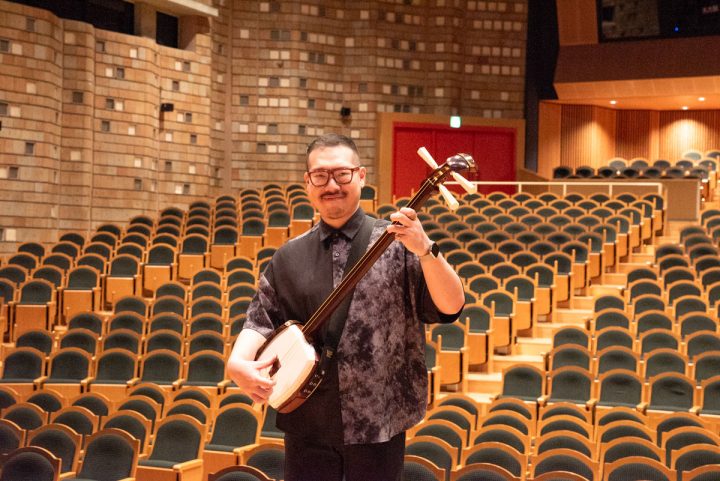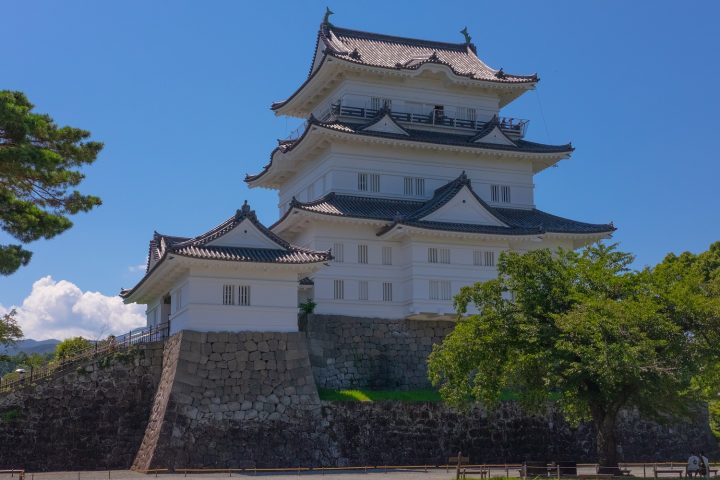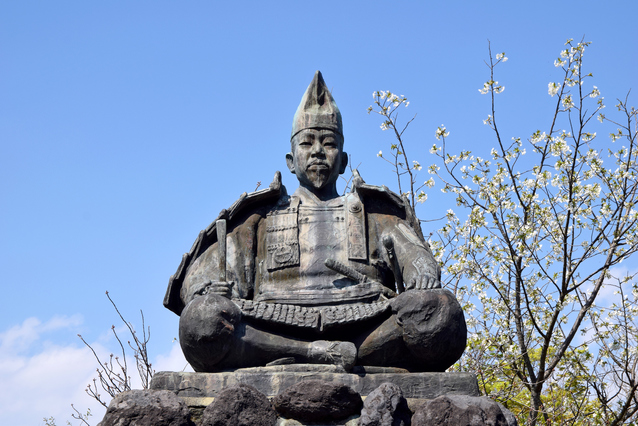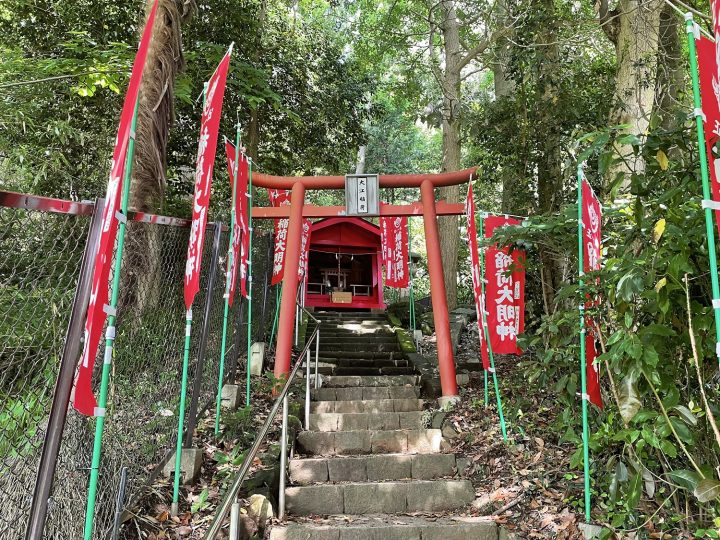[Traditional Crafts] Kamakura Carving: The Art of Carving and Lacquering Passed Down from Ancient Times
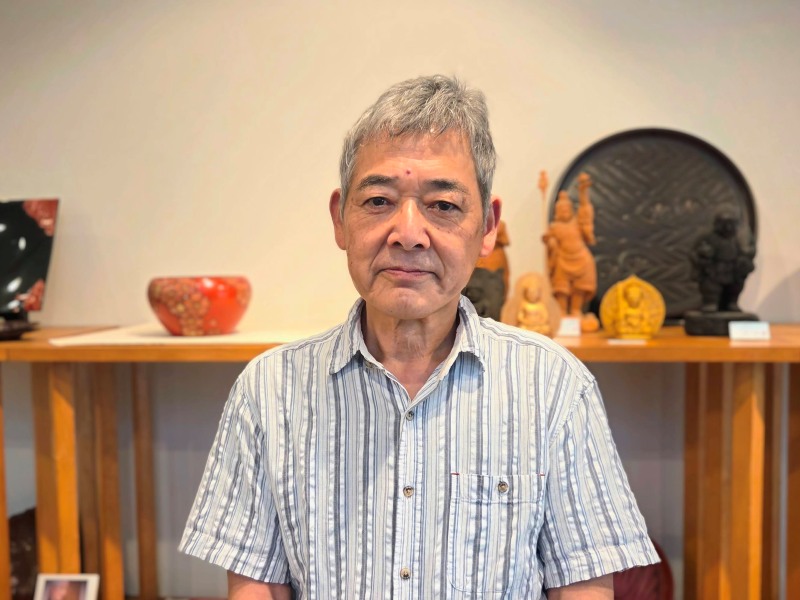
Kamakura-bori carving is known as a traditional craft of Kanagawa Prefecture. The name is only given to lacquerware made in Kamakura City and its surrounding areas, and its origins date back to the Kamakura period. This time, we visited the Kamakura-bori Crafts Museum and interviewed Mitsuki Kazuhiko, chairman of the Traditional Kamakura-bori Business Cooperative Association and a traditional Kamakura-bori craftsman. We will also provide a report on the experience.
Add color to your life with natural materials and handcrafts
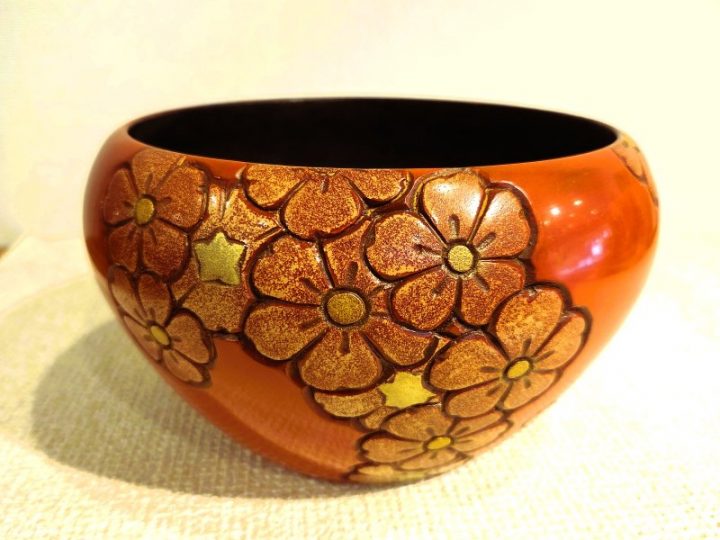
Originally from Osaka, Mitsuki first learned about Kamakura carving when he was working at a design firm in Tokyo, where he was drawing up architectural blueprints. At the time, even if he was entrusted with designing bridge piers, he was only responsible for one supporting pillar. With the times, blueprints were increasingly being drawn on computers rather than by hand, and he began to feel the limitations of his design work. Unable to resolve the gap between his ideal of "making things with my own hands from start to finish" and reality, he discovered Kamakura carving through Nitta Jiro's novel "Silver Mountain Man," and at the age of 25, he plunged into the world of traditional crafts.
-How long has it been since you started working with Kamakura carving?
It's been over 40 years since I started working in March . I've always been good with my hands since I was a child, so when I became interested in Kamakura carving, I didn't hesitate to attend a training school. I learned carving in my first year and lacquering in my second year, and became a lacquer artist.
-The Kamakura Carving Crafts Museum is home to many works, including some with a long history.
Can we see the evolution of Kamakura carving in Mitsuki's works? It is said that Kamakura carving began in the Kamakura period when Buddhist sculptors and shrine carpenters, influenced by lacquerware such as vermilion and black lacquer, which were introduced from China along with Zen Buddhism, began to create Buddhist altar implements using wood carving and lacquering techniques. During the Muromachi period, it was highly valued for incense containers and tea ceremony utensils, but the decline of temples due to the Haibutsu Kishaku movement in the Meiji period, which led to a turning point for the art, as work for Buddhist sculptors plummeted.
Later, two Buddhist sculptors, Goto Itsuki and Mitsuhashi Kenzan, exhibited their works at exhibitions in Japan and Paris, winning awards, making them popular both at home and abroad. Research into new techniques also progressed, centered around the Goto and Mitsuhashi families, and the foundations of modern Kamakura carving were established.
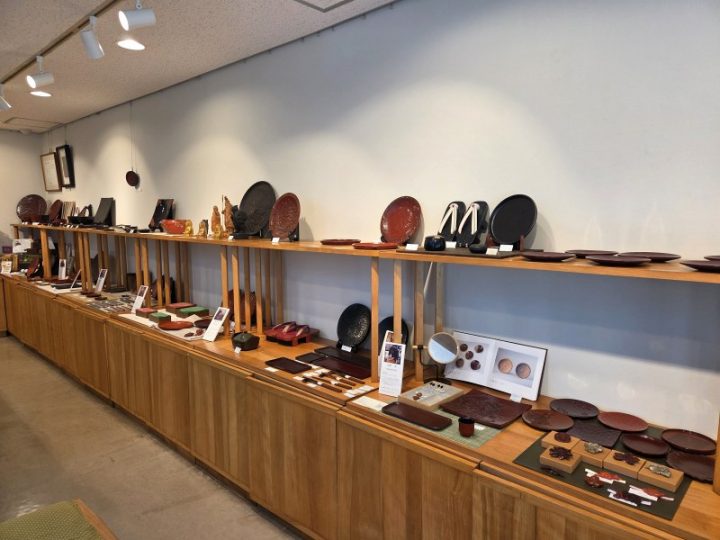
-While making use of your Buddhist statue carving skills, you have moved from Buddhist altar implements to arts and crafts and everyday items. What is it about Kamakura carving that appeals to you?
As a March craftsman, I like the fact that I can do everything from carving to painting by myself. There are many lacquerware crafts remaining in Japan, but many of them are made with a division of labor that emphasizes specialization in each process. In this respect, the joy of Kamakura carving is that the craftsman can create the image he or she envisions with their own hands. Another great thing is the freedom and generosity in choosing the design and paint color. I became a lacquer artist because I was fascinated by the depth of lacquer, which changes like a living thing depending on the season and weather. I enjoy the world of color by kneading pigments into the top coat of lacquer.
- Mitsuki's small boxes, "Fruit Garden" and "Vegetable Garden," are also striking with their vibrant red and green paint colors. The designs featuring the materials are modern and appealing.
Thank you March . Just as uniquely Japanese design was established from Chinese-style carving, I would like to continue expressing myself with unconventional ideas.
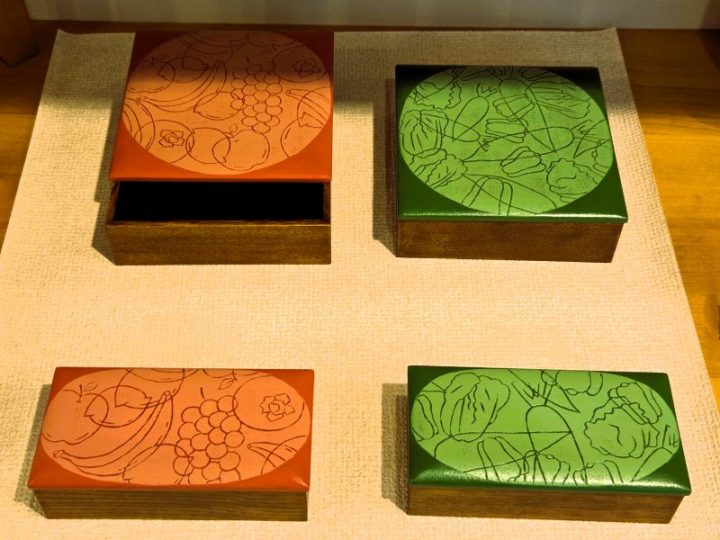
I went to a Kamakura carving workshop.
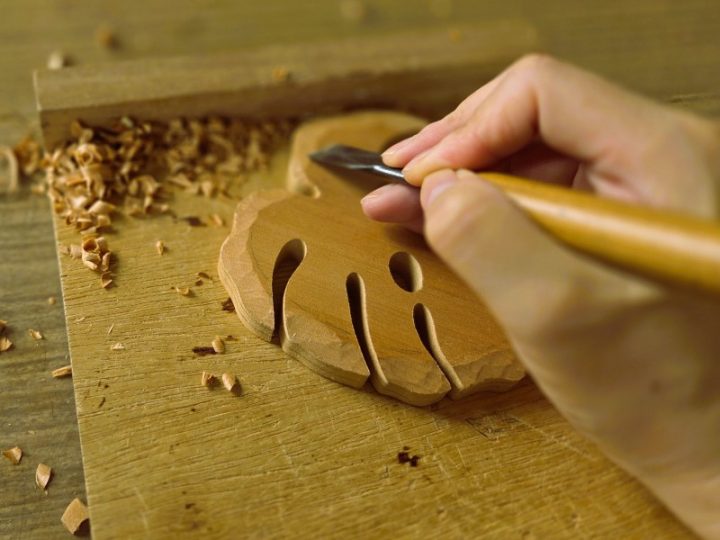
Kamakura carving involves drying katsura (Japanese katsura) or ginkgo biloba (ginkgo biloba) for six months to a year to form the base, then carving the pattern to make it stand out, and then applying lacquer to create shading in the carvings, letting it dry, and polishing it, all of which are repeated over and over again. This time, we participated in the "Kamakura carving experience class" at the Kamakura carving craft museum, with Mitsuki as our instructor. We experienced the carving part of the Kamakura carving process.
First, I chose the wood base from the materials corner on the first floor. There was a wide variety of wood bases, such as coasters and wooden brooches, but this time I chose the "Monstera (Lucky Tree)" bottle.
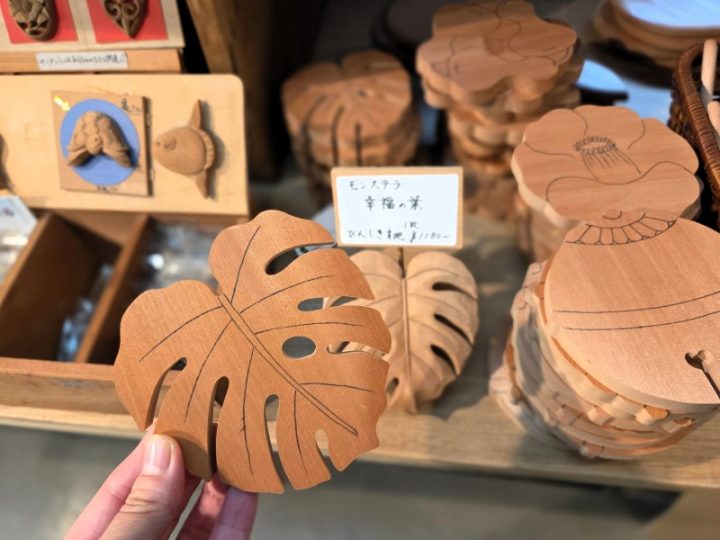
Once the base wood was decided, we went to the second floor. Under Mitsuki's guidance, we used a flat knife and a small knife to scrape and scrape for about two hours... the sound of chamfering was soothing. Wood has straight grain and cross grain, so we had to be careful when cutting against the grain. We were taught that if the wood is not chamfered, the lacquer will not adhere well, so we had to make sure to give it every last bit of texture.
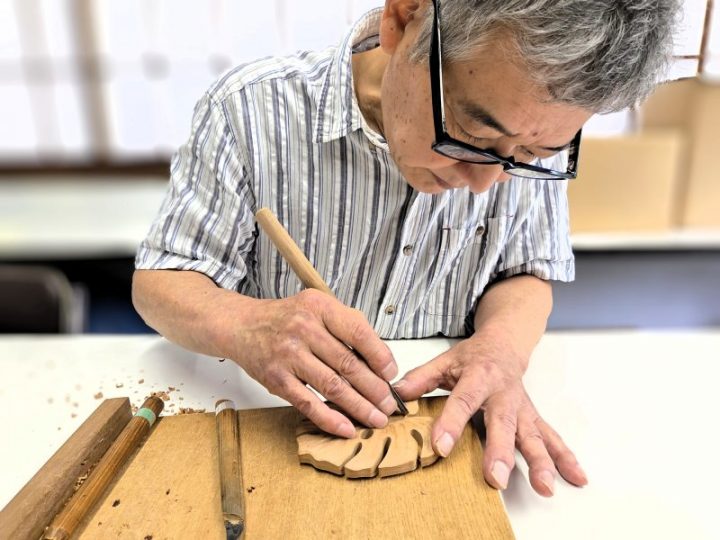
Here is the finished product. It has not yet been lacquered, but the warmth of the natural material is comforting.
Every year, the Traditional Kamakura Carving Business Cooperative Association, at the request of the Traditional Crafts Industry Promotion Association, holds a "Kamakura Carving Experience Class" at an elementary school in the city. With the desire to carry on the traditional culture of Kanagawa Prefecture, the class is scheduled to be held again this autumn.
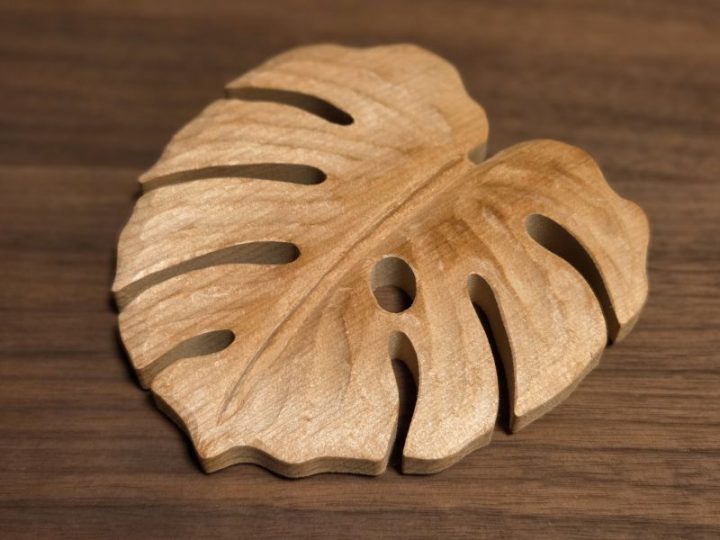
I will continue to share my work and thoughts with you.
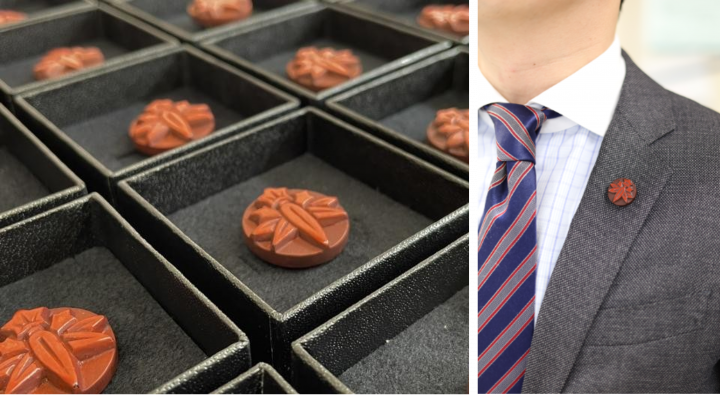
Starting in fiscal year 2025, Kamakura City has introduced insignia (staff badges) made using Kamakura carving techniques as part of its efforts to promote and raise awareness of Kamakura carving, and these are being loaned to employees. Mitsuki and others were also involved in the production of these badges, working to promote Kamakura carving.
Planning has also begun for the 2027 International Horticultural Exposition (GREEN×EXPO 2027), scheduled to be held in Yokohama from March 19, 2027. This year's Kamakura Carving Creative Exhibition, organized by the Traditional Kamakura Carving Business Cooperative, will also be a competition in collaboration with a flower arranging group, with the theme of "Kamakura Carving x Flower Vases." The grand prize winning work will be exhibited at the GREEN×EXPO 2027 venue, with plans to widely spread the appeal of Kamakura carving.
Text by Mai Shimura (editor/writer)
Kamakura Carving Crafts Museum
Address: 3-4-7 Yuigahama, Kamakura City
Phone number: 0467-23-0154
Official website: here
